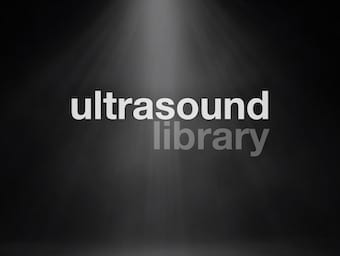
Erector Spinae Plane Block
The Erector Spinae Plane Block (ESPB) is a technically simple and safe form of regional anaesthesia that can provide effective analgesia for 12 hours in patients with acute posterior rib fractures

The Erector Spinae Plane Block (ESPB) is a technically simple and safe form of regional anaesthesia that can provide effective analgesia for 12 hours in patients with acute posterior rib fractures
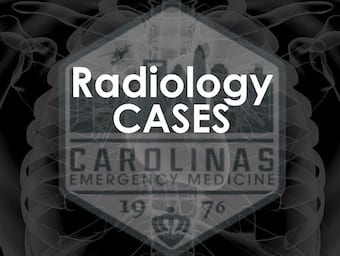
August 2021 Adult Emergency Medicine Chest X-ray interpretation with Daniel Escobar, MD and Breeanna Lorenzen MD

Nicoladoni-Israel-Branham sign: Compression of the arterial supply to an arteriovenous fistula causes bradycardia and hypertension

The SAPB is a technically simple and safe form of regional anaesthesia that provides effective analgesia in patients with acute anterolateral rib fractures

August 2021 Pediatric Orthopedic case interpretation - Elbow injuries - Supracondylar fractures - with Kelsey Lena, Danielle Sutton, and Virginia Casey
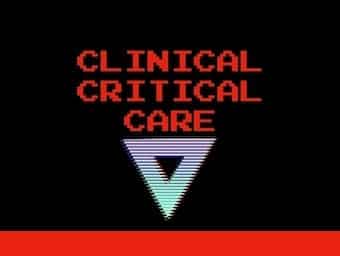
Haney Mallemat recounts a story of an asthmatic who minutes after he was intubated, became bradycardic, hypertensive and coded.

Harris Miller Branham (1862 – 1936) was an American physician. Branham sign (1890) - bradycardia following occlusion the artery entering an arteriovenous fistula
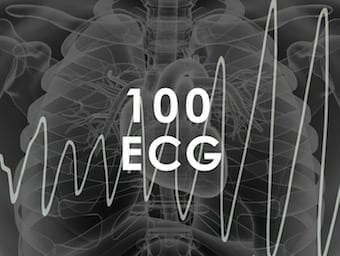
An 88-year-old man with palpitations and a HR fixed at 150. This is not flutter or AVNRT -- can you explain why?

Clinically, the Bezold-Jarisch reflex is an inhibitory reflex usually denoted as a cardioinhibitory reflex defined as bradycardia, vasodilation, and hypotension resulting from stimulation of cardiac receptors.

Dr David Borshoff reviews cognitive aids in healthcare, including: their roles, how they should be used, designed, and implemented into patient care.
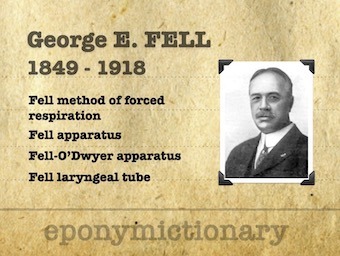
George Edward Fell (1849 – 1918); American surgeon and engineer. Innovator of Forced respiration (IPPV), Fell laryngeal tube, the electric chair and Fell apparatus

Surviving Trauma RSI and Coming Out the Other Side with Laura Duggan